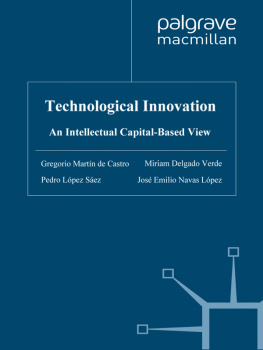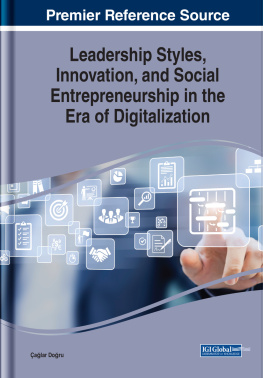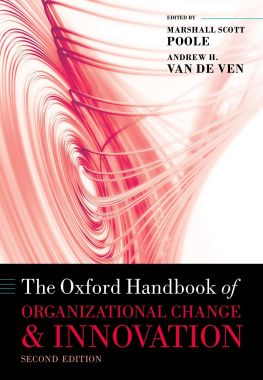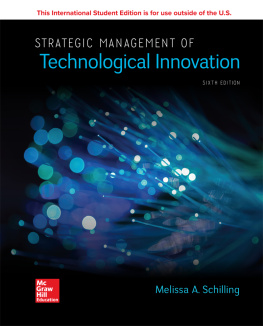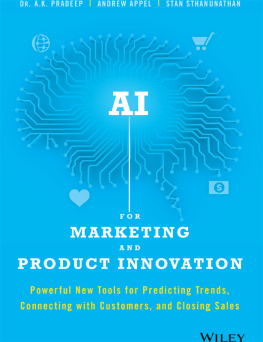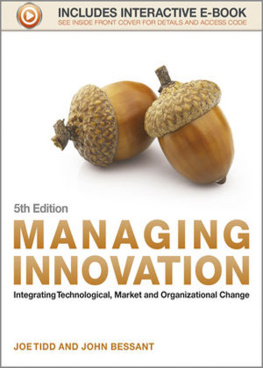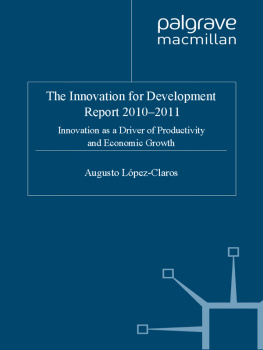Introduction
An intense process of social and economic change taking place over recent years has led to a new environment. The globalization of economic activity, the advances related to technological revolution, the increasing relevance of service industries in the economy, accelerated product cycles, changing customer preferences and needs and so on are some of the main phenomena to take into account in the business landscape. As a consequence, the evolution of economic activity is directed to the so-called knowledge society (Grant, 1996; Dean and Kretschmer, 2007), which is directly related to the creation, use and exchange of knowledge.
In this sense, knowledge has an increasingly important role as a strategic resource in business competition (Grant, 1996; Teece, 1998). However, the organizational capability of a firm to build and reinforce its competitive position is a key issue that is necessary to consider when analysing that term.
Therefore, the new competitive dynamic (Johnson et al. , 2002; Leitner, 2005) generated by the new socioeconomic environment leads to paying attention to intangible resources and capabilities when firms are facing competitors. In short, competition based on intangible resources is the result of the incorporation of knowledge into the different organizational, productive and management activities, as well as to the range of products and services offered.
From this situation, new theoretical approaches have appeared within the academic landscape, attempting to explain the nature and sources of competitive advantage (one of the main research topics in the field of Business Management) from an internal point of view.
In this vein, over more than two decades, the explanation of the creation and sustaining of competitive advantage has been tied to the possession and/or control of firms endogenous factors, taking into account in particular the intangible ones (Itami and Roehl, 1987; Hall, 1993). For this reason, the resource-based view (RBV) and the intellectual capital-based view (ICV) (Reed et al ., 2006) will be considered as the main theoretical approaches, since they are some of the most widely accepted theoretical perspectives in the strategic management field (Powell, 2001), emphasizing the role of firms internal factors in obtaining and maintaining positions of competitive advantage.
Specifically, the main focus of this book will be intangible factors, based on information and knowledge, since they are more likely to contribute to attaining and sustaining a competitive advantage. In this sense, we pay attention to an emerging factor of production intellectual capital which supplements/replaces land, labour and capital (Dean and Kretschmer, 2007).
Subsequently, we focus on the intellectual capital-based view of the firm because the actual level of empirical support for the resource-based view remains uncertain (Newbert, 2007). Some of the RBVs concerns refer to how we conceptualize and then measure a concept that is based on some firm-specific interaction of resources, which themselves are intangible, and therefore, unobservable? (Reed et al ., 2006: 868). These authors assert that the RBVs lack of specificity make it difficult to design and test empirically.
Hence, even though we start from the RBV, we consider ICV in order to solve these concerns, as it provides a higher potential for empirical testing, representing specific aspects more narrowly linked to a firms competitive advantage.
The ICV approach arose from practitioners in the 1990s and early 2000s (Brooking, 1996; Edvinsson and Malone, 1997; CIC, 2003) and distinguishes between different blocks of intellectual capital or types of organizational knowledge stocks. That is, those intangible resources and capabilities which are knowledge in essence are embodied in different forms within the firm, giving rise to the different components of intellectual capital. In this vein, they can be analysed as human capital, structural capital and relational capital, in accordance with most of the studies. In addition, each element refers to a different type of knowledge: employees knowledge, organizational knowledge and inter-organizational knowledge.
Nevertheless, in spite of the great number of studies that analyse intellectual capital and its elements, nowadays a phenomenon as complex as intellectual capital, requires comprehensive theoretical and empirical development (Cabrita and Bontis, 2008: 214); and this is where our research aims to contribute. It is because of a shortage of empirical studies that analyse the dimensions of each of the elements of intellectual capital and contribute appropriate measurement scales.
Therefore, assuming that the models of intellectual capital have become highly relevant, because they not only allow us to understand the nature of these assets, but also to carry out their measurement, our study tries to advance the consideration of dimensions within each element of intellectual capital as well as the measurement of such dimensions.
On the other hand, several authors highlight the relevant role played by innovation activities (Schumpeter, 1942; Tushman and Nadler, 1986; Van de Ven, 1986; Alegre et al ., 2005; Salman and Saives, 2005; Galende, 2006). Thus firms should create new products, services and processes to be able to compete in the present environment, and they should take innovation as a business model in order to master that environment.
In this sense, in the current competitive and dynamic environment, technological innovation is becoming increasingly a key aspect for business competition. In fact, many studies have shown that technological innovation can entail positive impacts, increasing the competitiveness of a firm (Yam et al ., 2004). For this reason, studies focused on improving innovative firm processes are of major interest.
It is therefore necessary to accumulate a large amount of knowledge in order to develop different types of innovation. Thus the growing importance of knowledge as a key productive factor and central issue for innovation can be explained by the continuous accumulation of technical knowledge over time and the utilization of communication technologies that quickly spread knowledge throughout the world. In this way, knowledge and innovation are dominant resources in the contemporary knowledge-based economy (Tseng and Goo, 2005), and are a key argument for carrying out empirical research such as ours.
In addition, in the professional field, managers need tools to evaluate their management and the outcomes of innovation activities. Thus, because of consumers complex and changing demands, which have led to an increasing range of products and services, it is fundamental to emphasize the relevance of the innovation process in the present business landscape, so knowledge as well as its applications are key elements in achieving and maintaining business success.
Focusing on the relationship between intellectual capital and innovation, there are many studies arguing that innovations come from intellectual capital (Edvinsson and Sullivan, 1996; Bontis, 1998; Nahapiet and Ghoshal, 1998; Tsai and Ghoshal, 1998; Sullivan, 2001; Hermans and Kauranen, 2005; Subramaniam and Youndt, 2005; Swart, 2006, among others). Nevertheless, there is a lack of empirical studies that analyse in depth the relationship between the different elements of intellectual capital and different types of innovation.
In this sense, this book attempts to provide an empirical contribution regarding those relationships, following the commentaries carried out by authors such as Sullivan (2001), Darroch and McNaughton (2002) or Tdtling et al . (2009), who point out the shortage of empirical research on this subject. In addition, an empirical study with these characteristics will provide evidence about what managerial actions should be taken by firms when dealing with their intellectual capital, identifying the knowledge and processes with a higher potential for different successful innovations. This is an important issue because, according to McEvily et al . (2004), different types of innovation will require the use and management of different resources within the firm.

